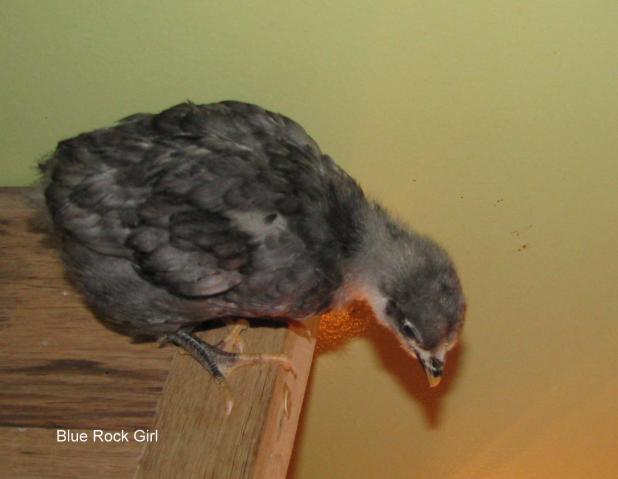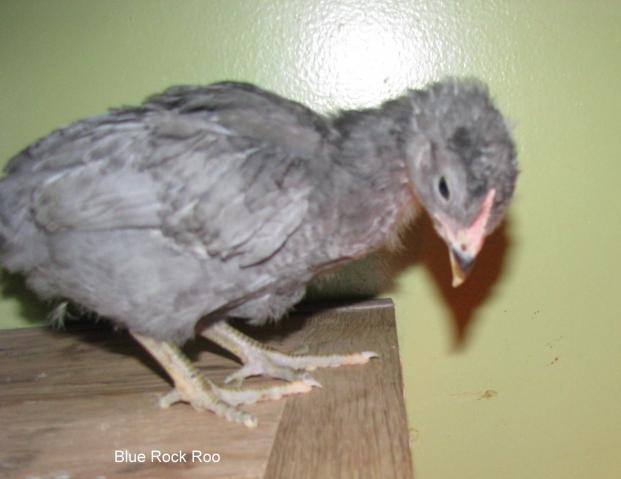Cybercat,
The last 20 years haven't seen great Barred Plymouth Rocks. What I have seen is what hatcheries have wanted you to see and that is a type of Barred Rock/Leghorn crosses. That is why you have the pointy up high "leghorn" tails and cuckoo markings. They didn't want to invest and improve the breed by correct culling and instead went with crosses. The Barred Rocks of the early part of the 1900's had both great egg laying records and meat production. The path most hatcheries has taken lately was to cross the Leghorn over a Rock to put back the egg laying ability that was no longer present into the Rocks. That is where the wider barring came from, the "Cuckoo" effect, from the faster rate of feathering and egg ability the Leghorns brought into the cross. Leghorns feather faster, therefore barring suffered. To get fine barring, you have to have slow feathering. The hatcheries are producing single combed Dominiques in my opinion. If you look back in the older Poultry mags of the 1920's and 30's, you'll see the fine barring. Ralph Sturgeon, a great rock breeder, had fine barring in the 70's and the 80's. If you look at Shillings photos in the Plymouth Rock standard you'll see the narrow barring. EB Thompson's and Holterman's birds all had fine barring, the giants of Rock breeders. The rocks that are described in the Standard are not offered by any hatchery I know, that is why I sought after individuals to acquire great breeding stock. With any recovery effort, you have to build the barn before you paint it, and that is where I am at, trying to get the traditional production standard before working on the barring. I have several older mags with pic's I'll try to post some photos of so everyone can see the foundational rocks from the early part of last century. Just my opinion from years of research......

The last 20 years haven't seen great Barred Plymouth Rocks. What I have seen is what hatcheries have wanted you to see and that is a type of Barred Rock/Leghorn crosses. That is why you have the pointy up high "leghorn" tails and cuckoo markings. They didn't want to invest and improve the breed by correct culling and instead went with crosses. The Barred Rocks of the early part of the 1900's had both great egg laying records and meat production. The path most hatcheries has taken lately was to cross the Leghorn over a Rock to put back the egg laying ability that was no longer present into the Rocks. That is where the wider barring came from, the "Cuckoo" effect, from the faster rate of feathering and egg ability the Leghorns brought into the cross. Leghorns feather faster, therefore barring suffered. To get fine barring, you have to have slow feathering. The hatcheries are producing single combed Dominiques in my opinion. If you look back in the older Poultry mags of the 1920's and 30's, you'll see the fine barring. Ralph Sturgeon, a great rock breeder, had fine barring in the 70's and the 80's. If you look at Shillings photos in the Plymouth Rock standard you'll see the narrow barring. EB Thompson's and Holterman's birds all had fine barring, the giants of Rock breeders. The rocks that are described in the Standard are not offered by any hatchery I know, that is why I sought after individuals to acquire great breeding stock. With any recovery effort, you have to build the barn before you paint it, and that is where I am at, trying to get the traditional production standard before working on the barring. I have several older mags with pic's I'll try to post some photos of so everyone can see the foundational rocks from the early part of last century. Just my opinion from years of research......














